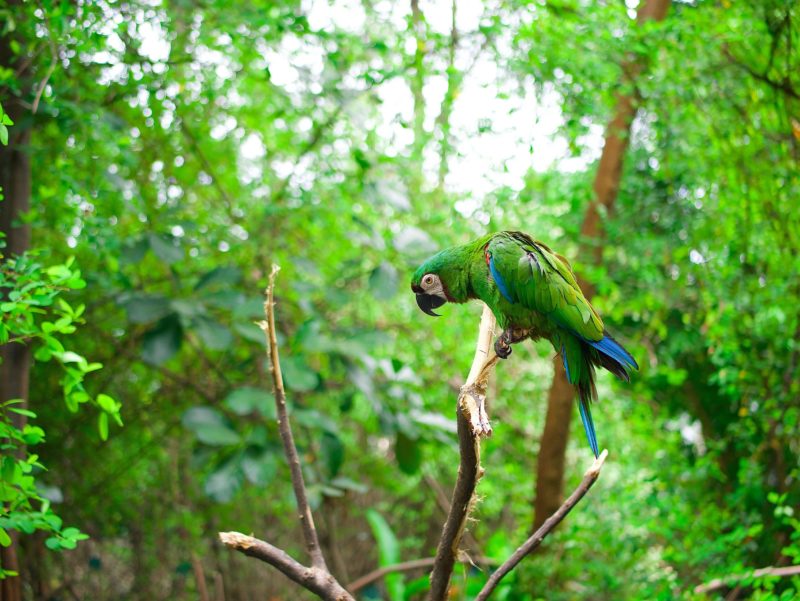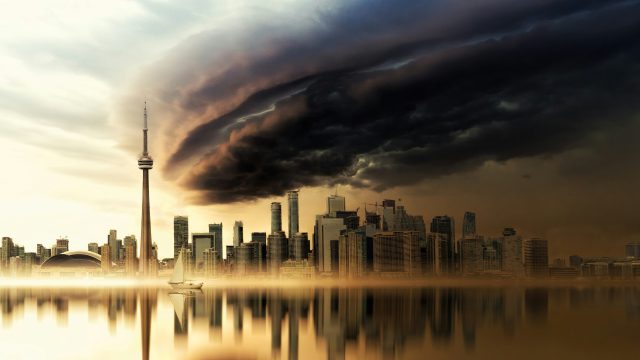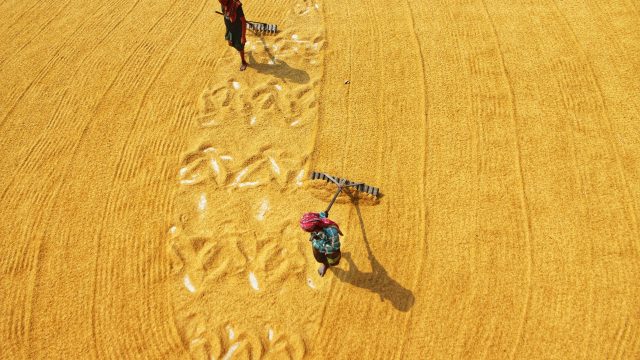
In September 2020 the GEC and FAS jointly organised an online webinar as part of Amazon Day 2020 to officially launch the Green Economy Amazon Hub, a new global partnership to reverse deforestation in the Amazon and begin a green and fair recovery from the pandemic. Here are the top highlights from the event but you can find details of the event here and watch the full video here.
What are the key challenges facing an Amazon green economy?
Many of the challenges facing the Amazon reach far beyond national borders:
- Insatiable global demand: The Amazon is helping to feed the world’s insatiable demand for forest commodities including beef, soy and timber.
- Flawed metrics: National ‘progress’ is still measured by GDP growth. As a result, 90% of investment is funding fossil fuels and agri-businesses. Similarly, narrow metrics of corporate success or returns on investment mean that it can be difficult for a bank to justify investing in the Amazon at the moment.
- An economy blind to nature: Economic, investment and planning decisions are largely blind to biodiversity or ‘natural capital’.
- The missing middle: Global investors tend to operate at much larger scales so finance is not reaching small and medium sized enterprises on the ground in the Amazon.
As a result of all of these forces, we see “small islands of a green economy in a sea of failure” says Asad Navqi, UN Partnership Action for a Green Economy.
So what are the opportunities for a green, inclusive economy in the Amazon?
1. The Amazon as part of the national ID of the eight Amazon nations. Safeguarding the Amazon offers a better future for the people of these countries as well as people all over the globe. The evolution of an Amazon green economy can start to reawaken that sense of pride in Brazilian people. Brazilian communities should be the Amazon’s eyes, proud to protect and champion it to the world.
2. Brazil could lead the global race to the top, not the bottom. Businesses, investors and governments are starting to wake up the pivotal role that the Amazon plays. Protecting and restoring the Amazon offers a new opportunity for Brazil to lead global cooperation.
Izabella Teixeira, Former Brazilian Environment Minister stresses that “the Amazonas is absolutely strategic. Not only to bring solutions for Brazil but to address strategic solutions for the world.”
3. Bridging the ‘missing middle’. Just as FAS’s work has shown, sustainable business models and local green products and services are starting to emerge in the Amazon. There is a huge potential for linking and aggregating these different initiatives so that they are more attractive to investors. Similarly, if green investment funds at the national level are available to second tier banks then they can then deploy them to small and local enterprises.
“The need for new financial mechanisms and the missing middles is really key. We are not adequately incorporating the value of nature into business or investment decisions,” highlights Gregory Watson, Lead Specialist, Natural Capital Lab, Inter-American Development Bank (IDB).
4. Nature is starting to feature as a material risk. Biodiversity loss is starting to become a material risk for businesses and investors. It also means the loss of bioeconomy potentials, and initiatives like the Task Force on Nature Related Disclosures are helping businesses understand the material risk.
5. Radical collaboration. No one individual or organisation is going to save the Amazon. Only when it is a collaborative mission, that connects across different sectors and scales, can it go to scale at the speed that is so necessary.
“ The Amazonas is absolutely strategic. Not only to bring solutions for Brazil but to address strategic solutions for the world.”
And, what might success look like in five years’ time for the Amazon Green Economy Hub?
“Political and social narratives will have changed.” Jamie Ervin, Global Programme on Nature for Development, UNDP states that deforestation has stopped in the Amazon largely because corporations view it as a material risk, technology makes it impossible to hide the losses, and green entrepreneurs see more value in forests standing than cut.”
“Green finance is flowing, markets are thriving.” Stimulus finance packages are flowing and focusing on green recovery in the Amazon. The transition to an inclusive bioeconomy has been jump started. Global finance mechanisms are in place to compensate local communities for not chopping trees down. Bad government subsidies and incentives are neutralized. New MSMEs and a new way to a bioeconomy have blossomed and become new markets for investors.
Natural capital and biodiversity are mainstreamed in private and public decisions. Public sector leaders are putting forward broad environmentally-sound portfolios for investors that are not just lip service.
The Amazon’s future, and the lives of the people within it, is secure. Within the forest, deforestation has stopped and restoration has increased, in part to the finance flowing to it through local payments for ecosystem services and new agreements. There is a universal commitment to deforestation-free commodities through partnerships.
The Amazon biome is stable and resilient. There are secure rights for individuals living in the Amazon and a government and political will to protect rights. Indigenous leaders are celebrated. So local people can be effective stewards of the Amazon for both local and global values.
The future of the Hub is secure (or has done its job). A long-term plan is in place for the Hub and government or main stakeholders are institutionalised to build capacity. It acts as a point to link at different scales and across countries. “A real success”, notes Claude Gascon, Manager of Programs of the Global Environment Facility (GEF), “will be when there is no need for a green economy hub” as a new development model will be mainstream in public and private sector institutions.
Image credit:
Photo by Ryk Porras on Unsplash


